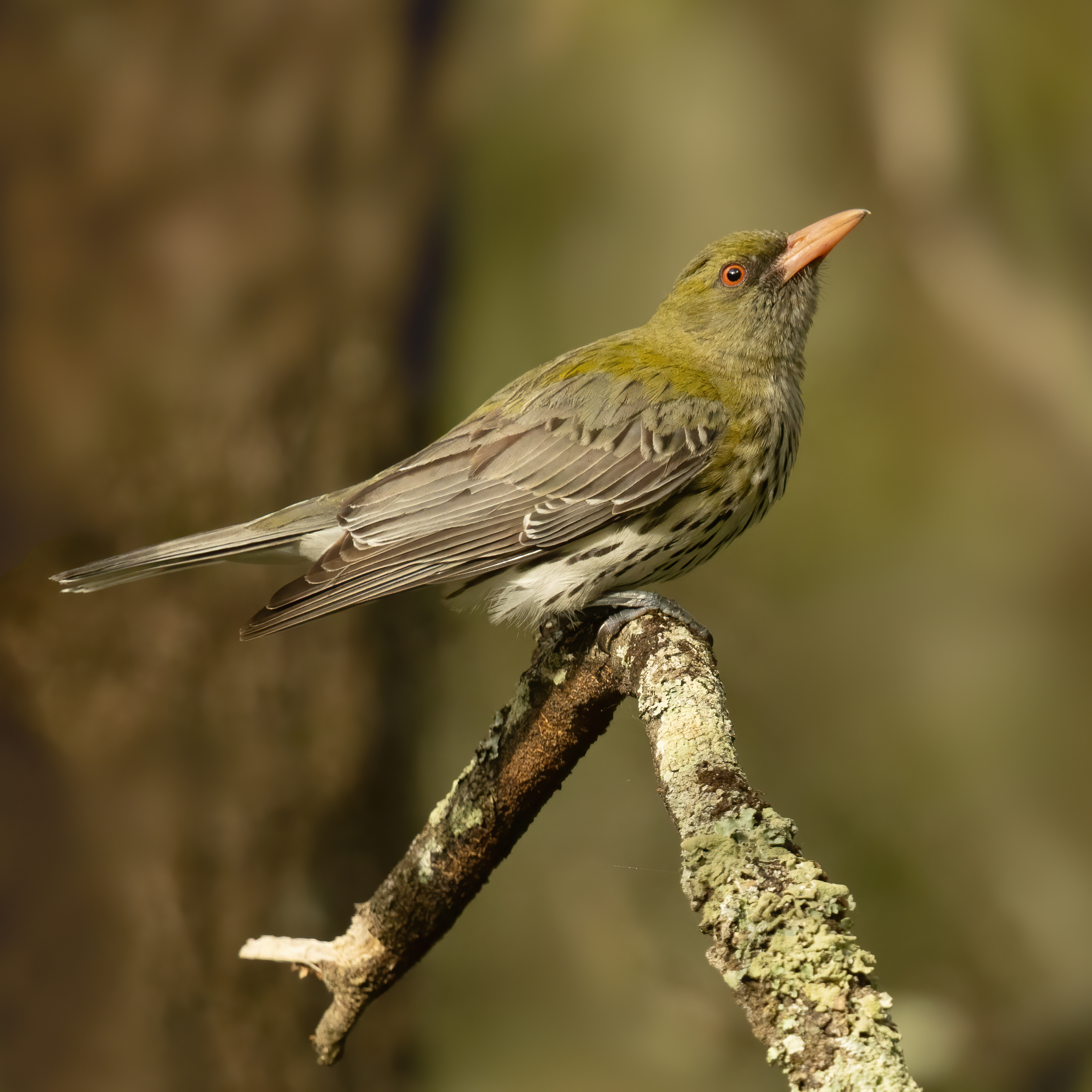|
Brown Oriole
The brown oriole (''Oriolus szalayi'') is a species of bird in the family Oriolidae. It is found in New Guinea. Its natural habitats are subtropical or tropical dry forest A forest is an area of land dominated by trees. Hundreds of definitions of forest are used throughout the world, incorporating factors such as tree density, tree height, land use, legal standing, and ecological function. The United Nations' ...s, subtropical or tropical moist lowland forests, and subtropical or tropical mangrove forests. Alternate names for the brown oriole include the New Guinea oriole and striated oriole. References Orioles Oriolus Birds described in 1900 Taxonomy articles created by Polbot {{Oriolidae-stub ... [...More Info...] [...Related Items...] OR: [Wikipedia] [Google] [Baidu] |
Gyula Madarász
Gyula Madarász (3 May 1858 – 29 December 1931), also known as Julius von Madarász, was a Hungarian ornithologist and nature artist, who worked at the Hungarian National Museum. Early life and education Born in Pest, Madarász came from a wealthy family of minor nobility. Because he was financially independent, he could devote his entire life to scientific work. He attended the University of Budapest, first studying medicine, and then zoology. In 1880, he completed a doctoral thesis on the anatomy of birds of the family Paridae. Scientific career Starting in 1879, Madarász was an employee of the Hungarian National Museum. He worked there until his retirement in 1915, ultimately serving as the director of the ornithology department. During his tenure, he vastly increased the size of the collection through his own efforts and through purchases. Madarász travelled to every part of Hungary over the course of his career, and authored a number of authoritative works on the bird ... [...More Info...] [...Related Items...] OR: [Wikipedia] [Google] [Baidu] |
Bird
Birds are a group of warm-blooded vertebrates constituting the class Aves (), characterised by feathers, toothless beaked jaws, the laying of hard-shelled eggs, a high metabolic rate, a four-chambered heart, and a strong yet lightweight skeleton. Birds live worldwide and range in size from the bee hummingbird to the ostrich. There are about ten thousand living species, more than half of which are passerine, or "perching" birds. Birds have whose development varies according to species; the only known groups without wings are the extinct moa and elephant birds. Wings, which are modified forelimbs, gave birds the ability to fly, although further evolution has led to the loss of flight in some birds, including ratites, penguins, and diverse endemic island species. The digestive and respiratory systems of birds are also uniquely adapted for flight. Some bird species of aquatic environments, particularly seabirds and some waterbirds, have further evolved for swimming. B ... [...More Info...] [...Related Items...] OR: [Wikipedia] [Google] [Baidu] |
New Guinea
New Guinea (; Hiri Motu Hiri Motu, also known as Police Motu, Pidgin Motu, or just Hiri, is a language of Papua New Guinea, which is spoken in surrounding areas of Port Moresby (Capital of Papua New Guinea). It is a simplified version of Motu, from the Austronesian l ...: ''Niu Gini''; id, Papua, or , historically ) is the List of islands by area, world's second-largest island with an area of . Located in Oceania in the southwestern Pacific Ocean, the island is separated from Mainland Australia, Australia by the wide Torres Strait, though both landmasses lie on the same continental shelf. Numerous smaller islands are located to the west and east. The eastern half of the island is the major land mass of the independent state of Papua New Guinea. The western half, known as Western New Guinea, forms a part of Indonesia and is organized as the provinces of Papua (province), Papua, Central Papua, Highland Papua, South Papua, Southwest Papua, and West Papua (province), West ... [...More Info...] [...Related Items...] OR: [Wikipedia] [Google] [Baidu] |
Habitat
In ecology, the term habitat summarises the array of resources, physical and biotic factors that are present in an area, such as to support the survival and reproduction of a particular species. A species habitat can be seen as the physical manifestation of its ecological niche. Thus "habitat" is a species-specific term, fundamentally different from concepts such as environment or vegetation assemblages, for which the term "habitat-type" is more appropriate. The physical factors may include (for example): soil, moisture, range of temperature, and light intensity. Biotic factors will include the availability of food and the presence or absence of predators. Every species has particular habitat requirements, with habitat generalist species able to thrive in a wide array of environmental conditions while habitat specialist species requiring a very limited set of factors to survive. The habitat of a species is not necessarily found in a geographical area, it can be the interior ... [...More Info...] [...Related Items...] OR: [Wikipedia] [Google] [Baidu] |
Subtropics
The subtropical zones or subtropics are geographical and climate zones to the north and south of the tropics. Geographically part of the temperate zones of both hemispheres, they cover the middle latitudes from to approximately 35° north and south. The horse latitudes lie within this range. Subtropical climates are often characterized by hot summers and mild winters with infrequent frost. Most subtropical climates fall into two basic types: humid subtropical (Koppen climate Cfa), where rainfall is often concentrated in the warmest months, for example Southeast China and the Southeastern United States, and dry summer or Mediterranean climate (Koppen climate Csa/Csb), where seasonal rainfall is concentrated in the cooler months, such as the Mediterranean Basin or Southern California. Subtropical climates can also occur at high elevations within the tropics, such as in the southern end of the Mexican Plateau and in Da Lat of the Vietnamese Central Highlands. The six climate cl ... [...More Info...] [...Related Items...] OR: [Wikipedia] [Google] [Baidu] |
Tropics
The tropics are the regions of Earth surrounding the Equator. They are defined in latitude by the Tropic of Cancer in the Northern Hemisphere at N and the Tropic of Capricorn in the Southern Hemisphere at S. The tropics are also referred to as the tropical zone and the torrid zone (see geographical zone). In terms of climate, the tropics receive sunlight that is more direct than the rest of Earth and are generally hotter and wetter as they aren't affected as much by the solar seasons. The word "tropical" sometimes refers to this sort of climate in the zone rather than to the geographical zone itself. The tropical zone includes deserts and snow-capped mountains, which are not tropical in the climatic sense. The tropics are distinguished from the other climatic and biomatic regions of Earth, which are the middle latitudes and the polar regions on either side of the equatorial zone. The tropics constitute 40% of Earth's surface area and contain 36% of Earth's landmass. , the ... [...More Info...] [...Related Items...] OR: [Wikipedia] [Google] [Baidu] |
Forest
A forest is an area of land dominated by trees. Hundreds of definitions of forest are used throughout the world, incorporating factors such as tree density, tree height, land use, legal standing, and ecological function. The United Nations' Food and Agriculture Organization (FAO) defines a forest as, "Land spanning more than 0.5 hectares with trees higher than 5 meters and a canopy cover of more than 10 percent, or trees able to reach these thresholds ''in situ''. It does not include land that is predominantly under agricultural or urban use." Using this definition, '' Global Forest Resources Assessment 2020'' (FRA 2020) found that forests covered , or approximately 31 percent of the world's land area in 2020. Forests are the predominant terrestrial ecosystem of Earth, and are found around the globe. More than half of the world's forests are found in only five countries (Brazil, Canada, China, Russia, and the United States). The largest share of forests (45 percent) are in th ... [...More Info...] [...Related Items...] OR: [Wikipedia] [Google] [Baidu] |
Orioles
Oriole or Orioles may refer to: Animals * Old World oriole, colorful passerine birds in the family Oriolidae * New World oriole, a group of birds in the family Icteridae Music * The Orioles, an R&B and doo-wop group of the late 1940s and early 1950s * Oriole (band), a London-based world music jazz fusion band active in the 2000s * Oriole Records (UK), a record label * Oriole Records (U.S.), a record label Places United States * Oriole, Indiana, an unincorporated community * Oriole, Kentucky, an unincorporated community * Oriole, Maryland, an unincorporated community * Oriole, Missouri, an unincorporated community Canada * Oriole (provincial electoral district), a provincial electoral district * Oriole GO Station, a station in the GO Transit network located in North York, Ontario Sports teams United States * Baltimore Orioles, a Major League Baseball team * Baltimore Orioles (1882–1899), an American Association and National League baseball team from 1882 to 1899 * Baltimo ... [...More Info...] [...Related Items...] OR: [Wikipedia] [Google] [Baidu] |
Oriolus
Orioles are colourful Old World passerine birds in the genus ''Oriolus'', the type genus of the corvoidean family Oriolidae. They are not closely related to the New World orioles, which are icterids (family Icteridae) that belong to the superfamily Passeroidea. Taxonomy and systematics The genus ''Oriolus'' was erected by Linnaeus in 1766 in the 12th edition of his ''Systema Naturae''. The type species is the golden oriole (''Oriolus oriolus''). In 1760, French ornithologist Mathurin Jacques Brisson in his ''Ornithologie'' used ''Oriolus'' as a subdivision of the genus ''Turdus'', but the International Commission on Zoological Nomenclature ruled in 1955 that "''Oriolus'' Brisson, 1760" should be suppressed. Linnaeus added more than a dozen additional genera when he updated his 10th edition, but he generally based new genera on those that had been introduced by Brisson in his ''Ornithologie''. ''Oriolus'' is now the only genus for which Linnaeus's 12th edition is cited as the o ... [...More Info...] [...Related Items...] OR: [Wikipedia] [Google] [Baidu] |
Birds Described In 1900
Birds are a group of warm-blooded vertebrates constituting the class (biology), class Aves (), characterised by feathers, toothless beaked jaws, the Oviparity, laying of Eggshell, hard-shelled eggs, a high Metabolism, metabolic rate, a four-chambered heart, and a strong yet lightweight Bird skeleton, skeleton. Birds live worldwide and range in size from the bee hummingbird to the Common ostrich, ostrich. There are about ten thousand living species, more than half of which are passerine, or "perching" birds. Birds have whose development varies according to species; the only known groups without wings are the extinct moa and elephant birds. Wings, which are modified forelimbs, gave birds the ability to fly, although further evolution has led to the Flightless bird, loss of flight in some birds, including ratites, penguins, and diverse endemism, endemic island species. The digestive and respiratory systems of birds are also uniquely adapted for flight. Some bird species of a ... [...More Info...] [...Related Items...] OR: [Wikipedia] [Google] [Baidu] |

.jpg)



